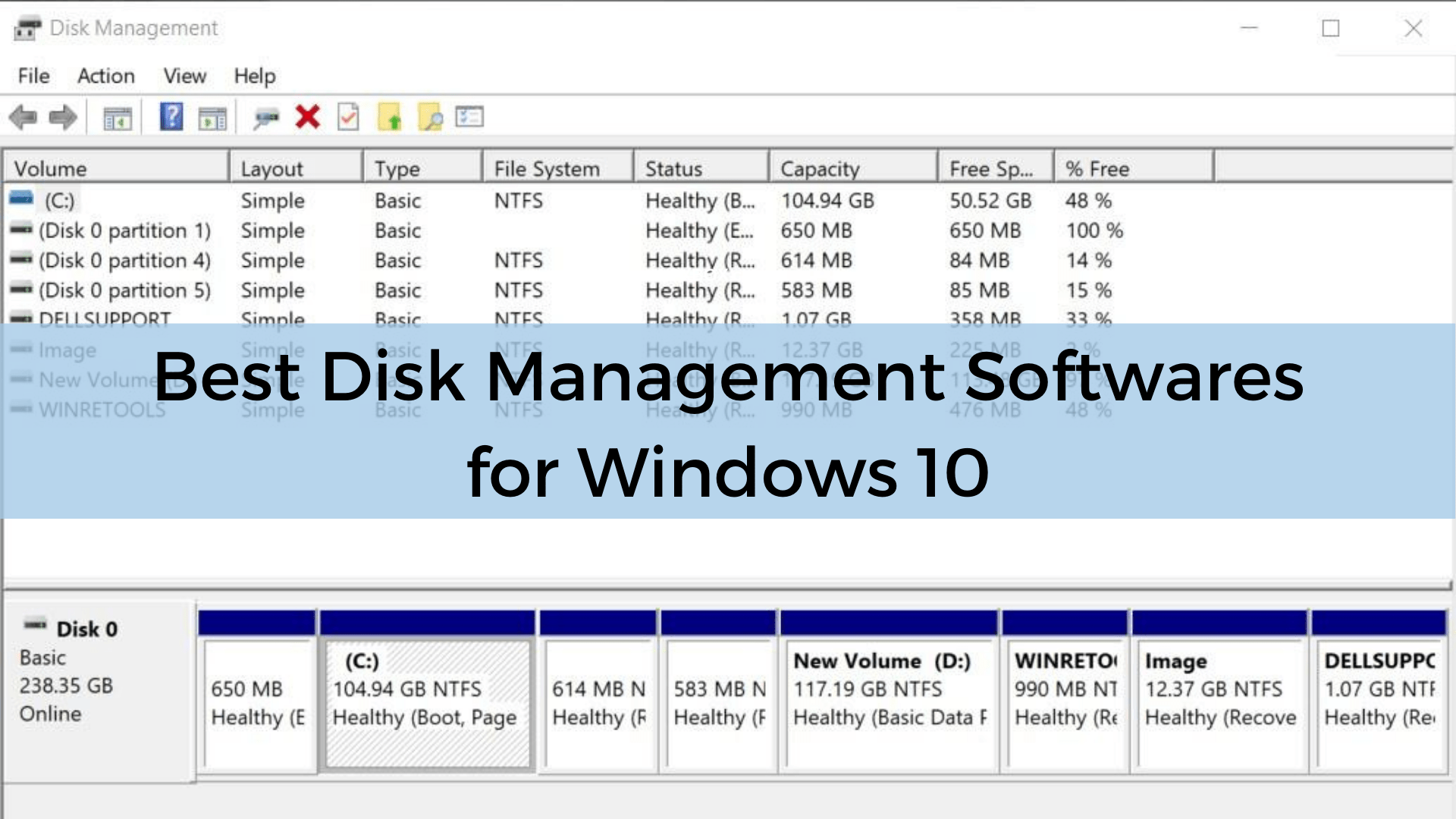


Open Administrative Tools with Shell Command Open Administrative Tools from Start MenuĬlick the Start button on the taskbar to open the Start menu in Windows 10 and go to Windows Administrative Tools in the All Apps view. Windows Memory Diagnostic - Allows to check the installed RAM for errors. Windows Firewall with Advanced Security - Allows to change options for the built-in Firewall app on local or remote computer using the advacned user interface. Task Scheduler - This tool allows the user to schedule apps and tools to run automatically. System Information - Shows information about the computer, its OS and hardware. System Configuration - This tool, known as msconfig.exe, allows the user to change the startup options of the operating system and manage its boot process. Services - Manages all the system services which run in the background in Windows. Resource Monitor - Shows the resource usage per app in detail. Print Management - Allows the user to manage printers and print servers on a network. Performance Monitor - Shows systems information about CPU, RAM, network and other system resources usage in detail.

ODBC Data Sources - Launches the Open Database Connectivity (ODBC) where the user configure connections to various database engines and data sources. Local Security Policy - Launches the Group Policy Editor app. ISCSI Initiator - Configures connections between storage devices on a network. Hyper-V Manager - Allows the user to manage his virtualization platform where available. This tool includes a number of tools which available separately in the Administrative Tools folder.ĭefragment and Optimize Drives - While Windows automatically defragments drives as part of regular maintenance, this tool allows you to execute the defragmentation manually.ĭisk Cleanup - Use this tool to remove temporary files, old logs, empty the Recycle Bin, and delete redundant Windows Update files.Įvent Viewer - View system and application logs. It allows you to maintain file systems, view logs and manage users and system services. These services should be used by developers and administrators.Ĭomputer Management - Allows to manage various options of local or remote computers with a consolidated user interface. These include:Ĭomponent Services - Manage Component Object Model (COM) components. Windows 10 comes with a number of utilities available in the Administrative Tools folder. Open Administrative Tools with Shell Command.Open Administrative Tools from Control Panel.Open Administrative Tools from Settings.Open Administrative Tools from Start Menu.


 0 kommentar(er)
0 kommentar(er)
